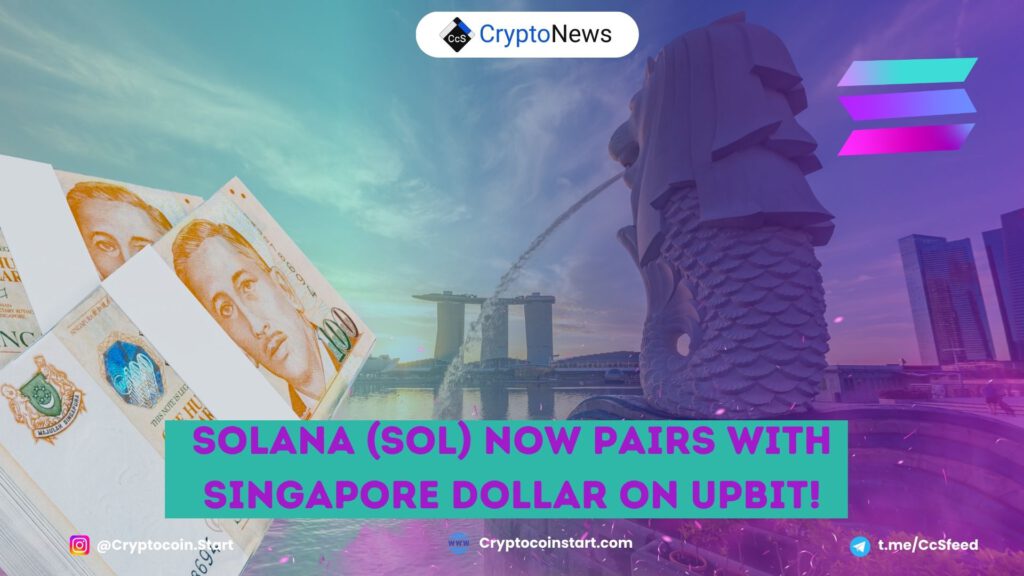
Impact of the SOL/SGD Pairing
The SOL/SGD pair has just launched and is already generating interest in its initial trading hours, turning over 63 SOL. This new pairing positions itself among the bigger gainers on Upbit, complementing Solana’s robust trading volumes, which typically range between $2B and $5B daily.
Benefits of Fiat Pairings
- Increased direct investments without needing to convert through USD.
- Enhancement of liquidity for SOL as a highly liquid asset.
Currently, SOL relies heavily on Tether (USDT) for more than 53% of its trading activity. The asset also sees significant activity from FDUSD on Binance, contributing over 20% of its trading volumes. Stablecoin inflows are vital for SOL’s rallies, especially given FDUSD’s concentration on Binance.
Upbit’s Role and Regulatory Compliance
While the SGD listing is niche, it highlights Upbit’s influence in offering highly curated and regulated pairings. The exchange is known for its conservative approach to listing new assets, ensuring that any expansion is closely monitored to protect South Korean investors.
Upbit currently lists a total of 204 currencies across 372 pairs, including popular assets like Sui (SUI) alongside legacy coins from previous bull cycles. South Korean exchanges must adhere to the newly introduced Act on the Protection of Virtual Asset Users, necessitating increased scrutiny of suspicious activity.
Current Market Status of Solana
Following the overall market correction, SOL has dropped to $138.78. Open interest decreased from $2.2B to $1.7B, following the liquidation of $3.95M in long positions on Binance.
Despite the price dip, the Solana ecosystem continues to grow, notably through platforms like Pump.fun, a meme token launchpad that has revitalized its user base and activity. Pump.fun is launching more than 12,000 tokens daily, generating fees as high as 13,000 SOL daily.
Active Addresses and Price Pressure
Solana’s daily active addresses are nearing their peak at 3.4 million, significantly boosted by Pump.fun. However, this platform isn’t always beneficial for SOL prices, as it periodically liquidates its fees, leading to deeper price declines.
Token Dilution Challenges
While the Solana network has accepted inflation rates of over 5% to encourage staking, the inflow of new SOL is not gradual. Currently, 95.5% of SOL is unlocked, but another 13 million SOL will enter the market at an accelerated pace in early 2025. Insiders may continue to receive staking rewards, even from locked tokens, posing further challenges to price stability.
Future Outlook for Solana
Solana’s protocol has a built-in inflation growth mechanism that will persist for years, currently marking net losses each month due to payouts between $20M and $33M to node operators. Additionally, Solana generates inflows for MEV bot services and block building, with priority fees benefiting validators and leading to larger bribes for guaranteed block inclusion.
In conclusion, the introduction of the SOL/SGD pairing on Upbit marks an exciting development for Solana, but investors should remain cautious of the market’s current volatility and external factors impacting prices.

